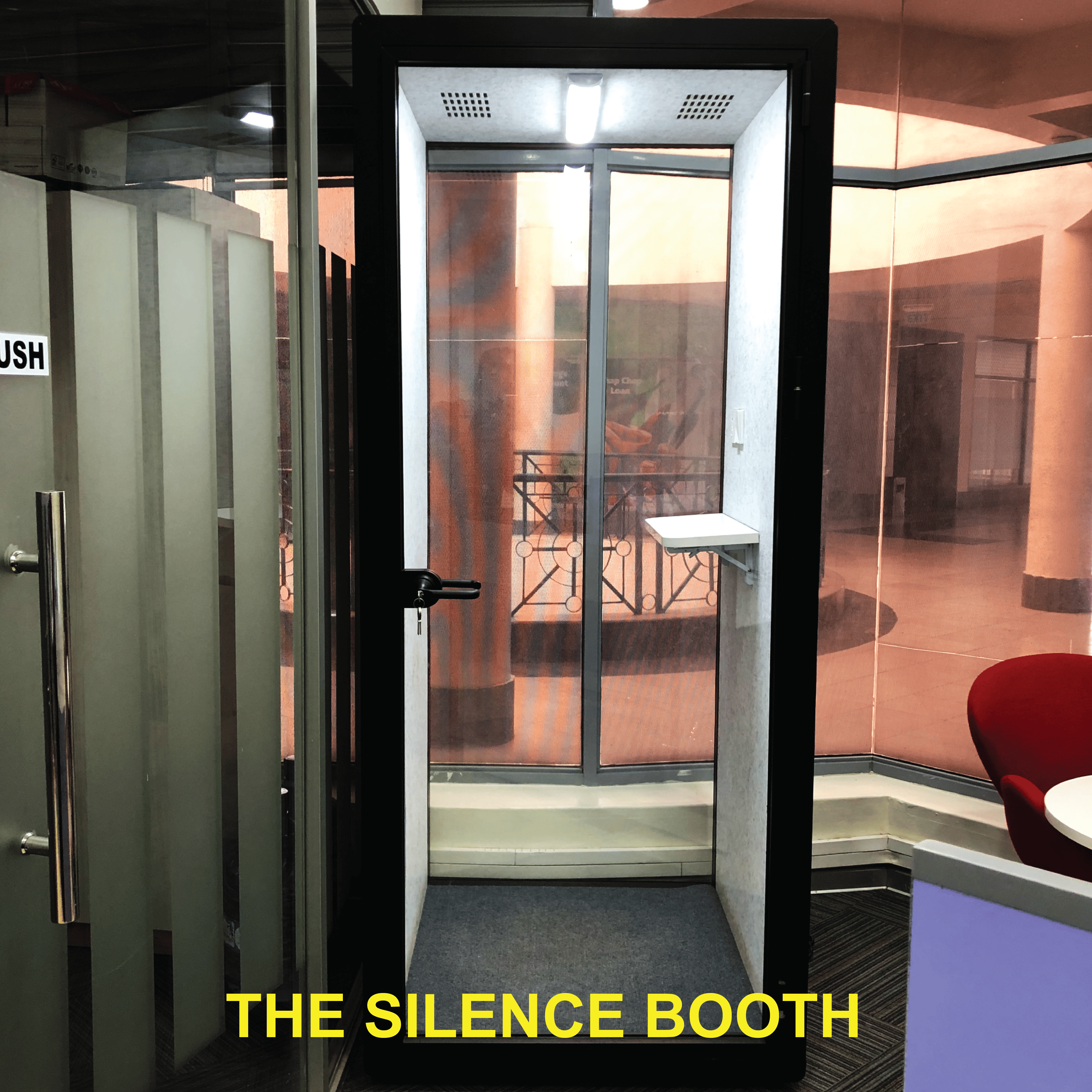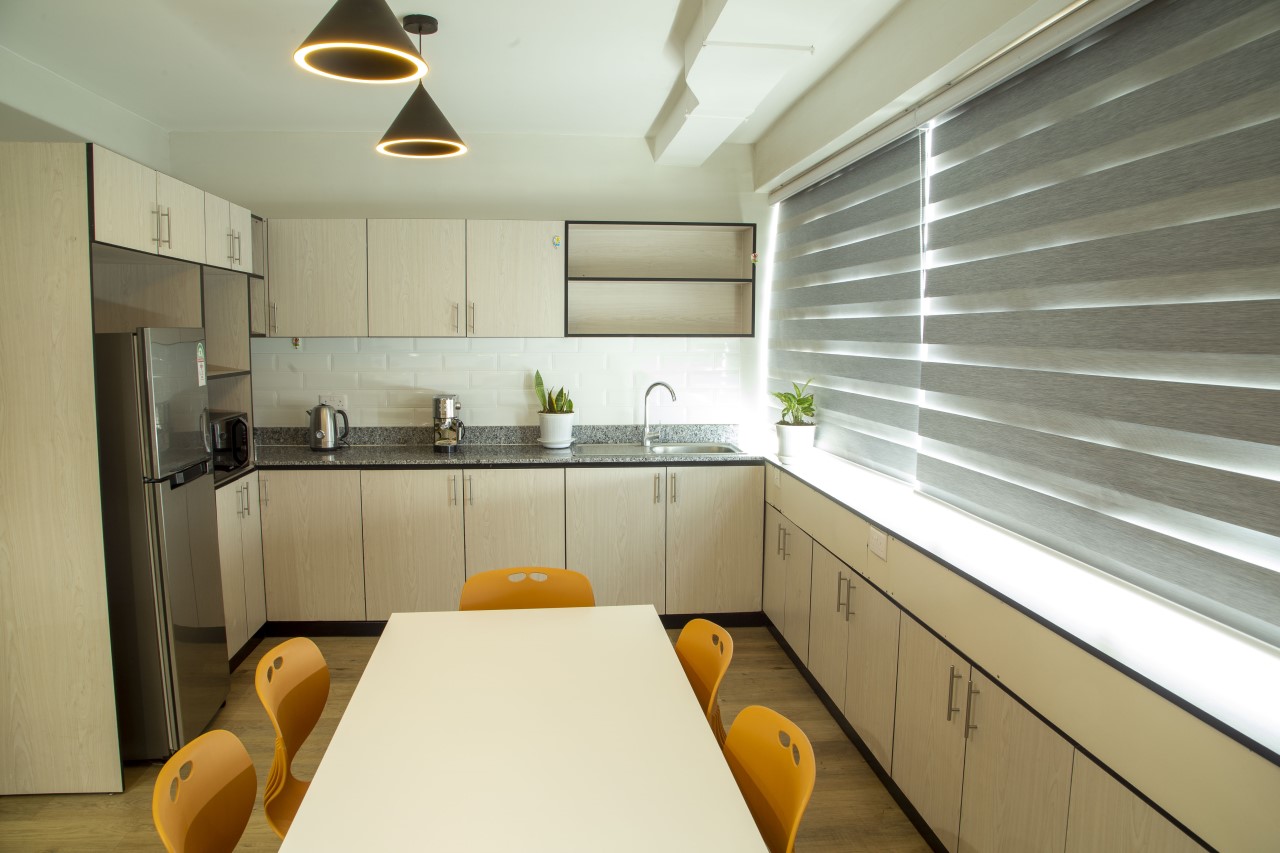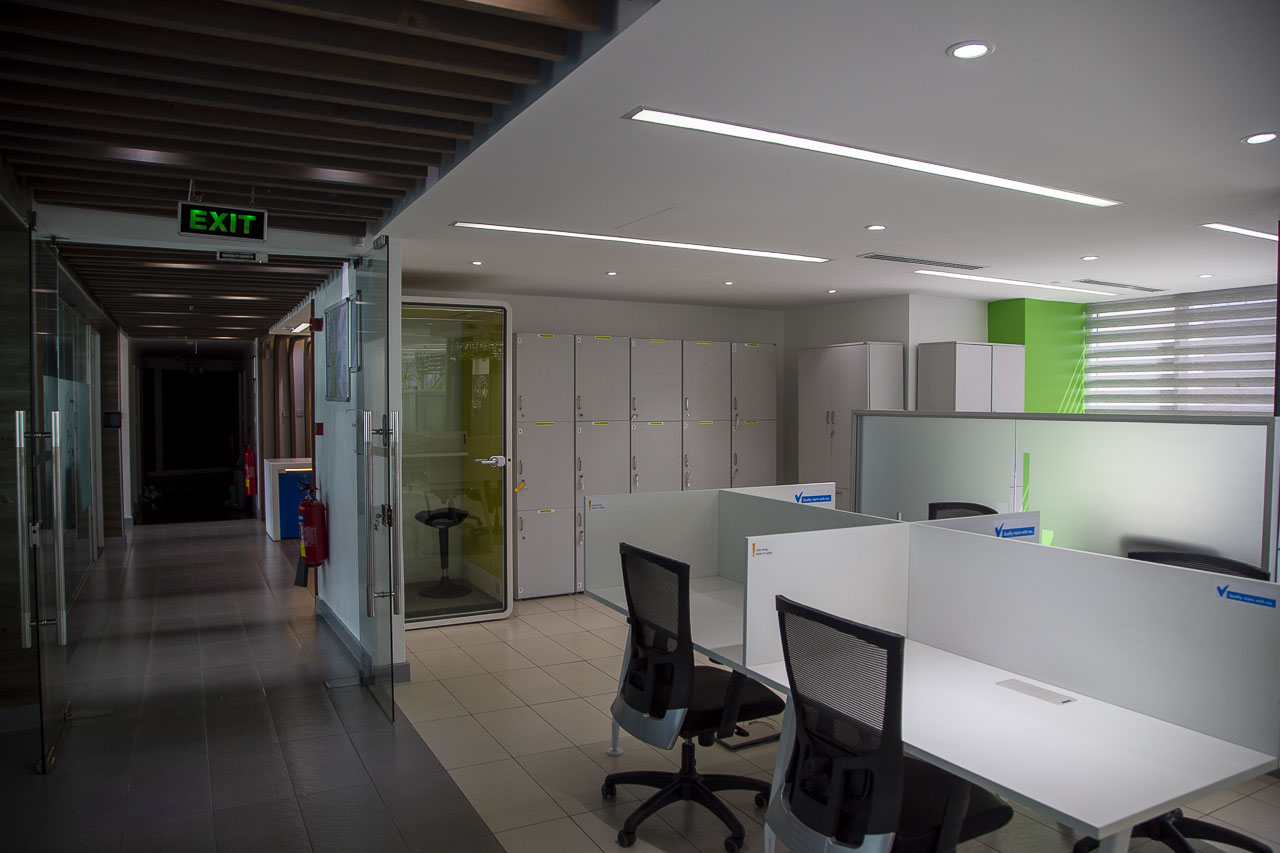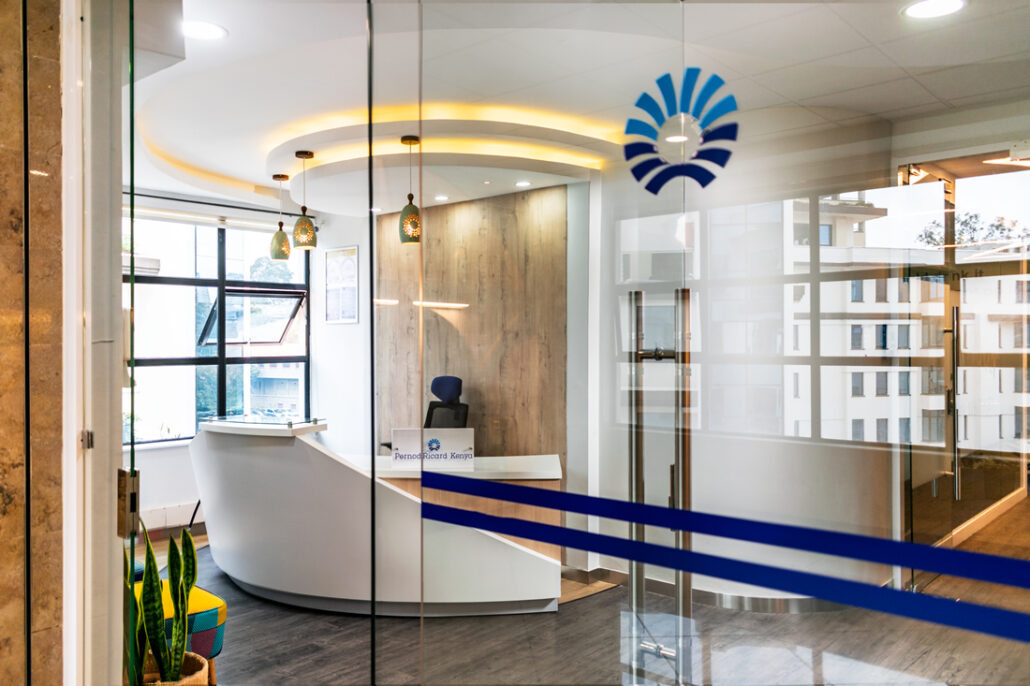
Author: Pamela K


KITCHEN INTERIORS IN TANZANIA

The Impact of Community Outreach in Tanzania

INTERIOR DESIGN DRAWING IN TANZANIA

TYPES OF OFFICE DESIGN LAYOUTS IN TANZANIA
GREEN INTERIOR DESIGN
Green design is the philosophy of designing physical objects following the principles of social, economic, and ecological sustainability. According to McLellan, the objective of sustainable design is “to eliminate negative environmental impact through skillful, sensitive design”. With the current changes and trends in the environment, it is very vital to consider sustainable methods and materials when creating designs. Different industries have adapted eco-friendly methods and practices, design being one of these industries. Green interior design is therefore interior design that applies the fundamental principles of green design.
Principles of Green Design
There are three fundamental principles of green interior design.
Resource Conservation- This means achieving more with less. It involves protecting valuable resources and using them ethically.
Energy Efficiency- Energy efficiency refers to any method where less energy is consumed to attain the same amount of useful output.
Health.
Green Interior Design
Many design options satisfy both your aesthetic taste and your desire to be environmentally conscious. These are some of the ways you can achieve this:
- Use organic materials.
Materials used in Green Interior Design
Bamboo- Not only is it a very strong material but it’s also very flexible. Bamboo is so “green” because it’s so fast-growing.
Cork- Cork comes from the bark of the cork oak tree. This bark replenishes itself every few years and removing the bark doesn’t hurt the tree making it a highly ranked sustainable interior design material.
Natural lighting- Natural light is the most sustainable lighting available and a free renewable resource.
Glass- Glass is a material that contributes to green interior design endlessly because it is recyclable. You can make glass work in any space, regardless of the style or room.
Low VOC paint- Low VOC paints have reduced amounts of volatile organic compounds, meaning they don’t off-gas as much as traditional paints. This makes them eco-friendly.
- Insulation
Sustainable insulation contributes to reducing energy use and therefore carbon emissions, while also causing minimum impact to the environment during its manufacture and the entire lifecycle.
- Eco-friendly flooring
Eco-friendly flooring is made from renewable materials which come from sustainable forests and has been manufactured with moral responsibility toward the environment. These, require lower use of energy regarding timber production, use, and disposal, plus carbon dioxide emissions are kept at the lower levels.
- Use of proper appliances
It is essential to use appliances that are ‘Energy Star’ approved.
- Faucets and water fixtures
Water Sense labeled faucets and faucet accessories are high–performing, water-efficient fixtures that will help you reduce water use in your establishment and save money on water bills hence making themustainable green interior design materials.
Importance of Green Interior Design
Sustainable design has been adapted all over the world because it is a very important method of design. Here are some examples of how sustainable design positively impacts the environment:
Environmental benefits of green interior design:
Green design enhances and protects bio-multifariousness and ecosystems.
It reduces waste.
It helps conserve and restore natural resources which is one of the main goals of green design.
It improves the quality of the air we breathe and the water we drink.
Economic benefits of green interior design:
Operating costs are significantly reduced through recycling and reusing.
It improves occupant productivity.
It enhances asset value and profits.
It enhances biological clock economic performance
Social benefits of green design:
It enhances the health and comfort of occupants.
Fresh and quality air is achieved.
It minimizes strain on local utility infrastructure.
It improves the overall quality of life.
Here at Design Forty, we ensure to achieve quality corporate interiors by employing green design in construction. Talk to us and let’s work together!

How an Interior design firm works in tanzania
There is more to interior design than just creating beautiful spaces and decorating them. That is just the exciting part of it but there is so much more that goes on this field. There are several departments that make up the office.